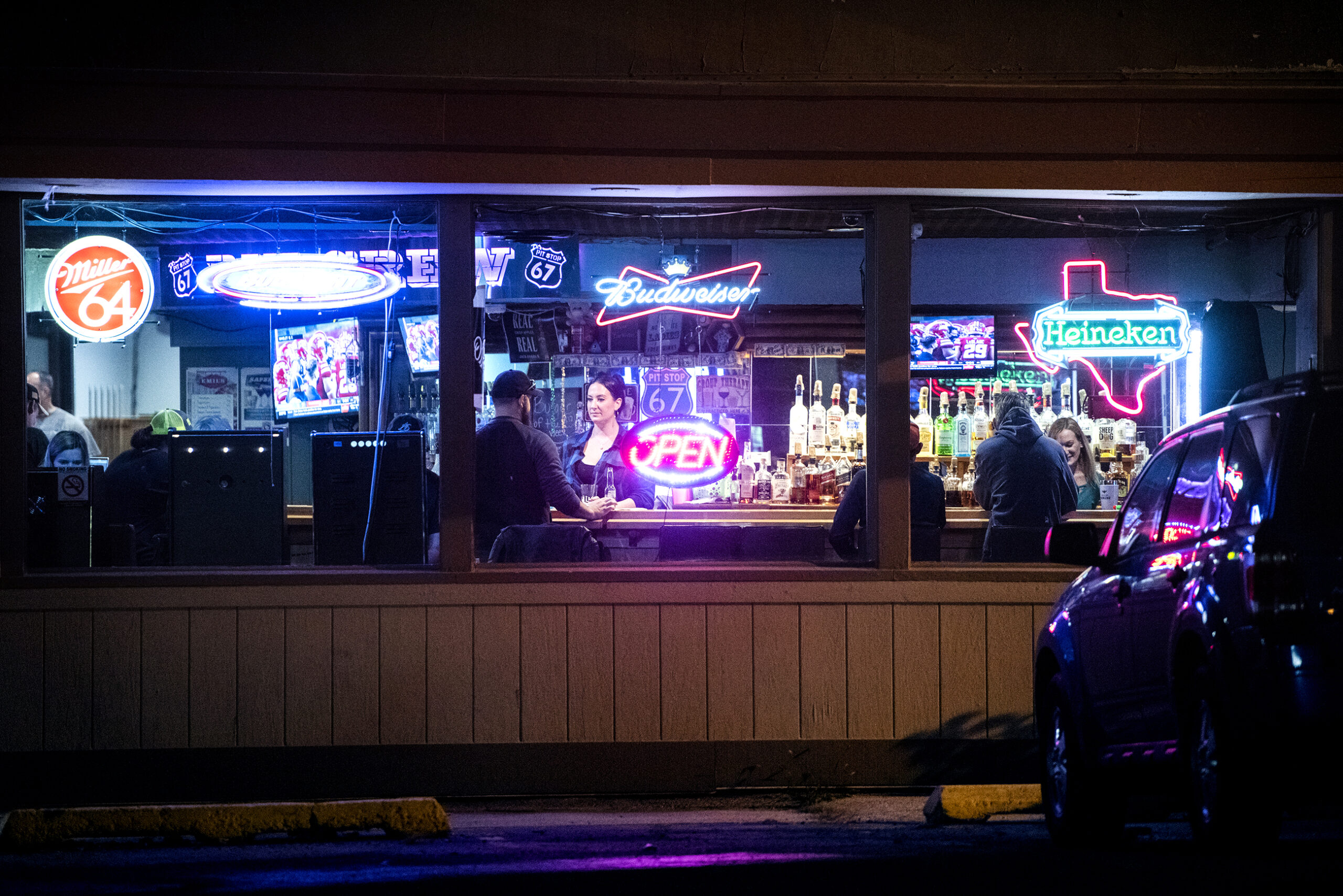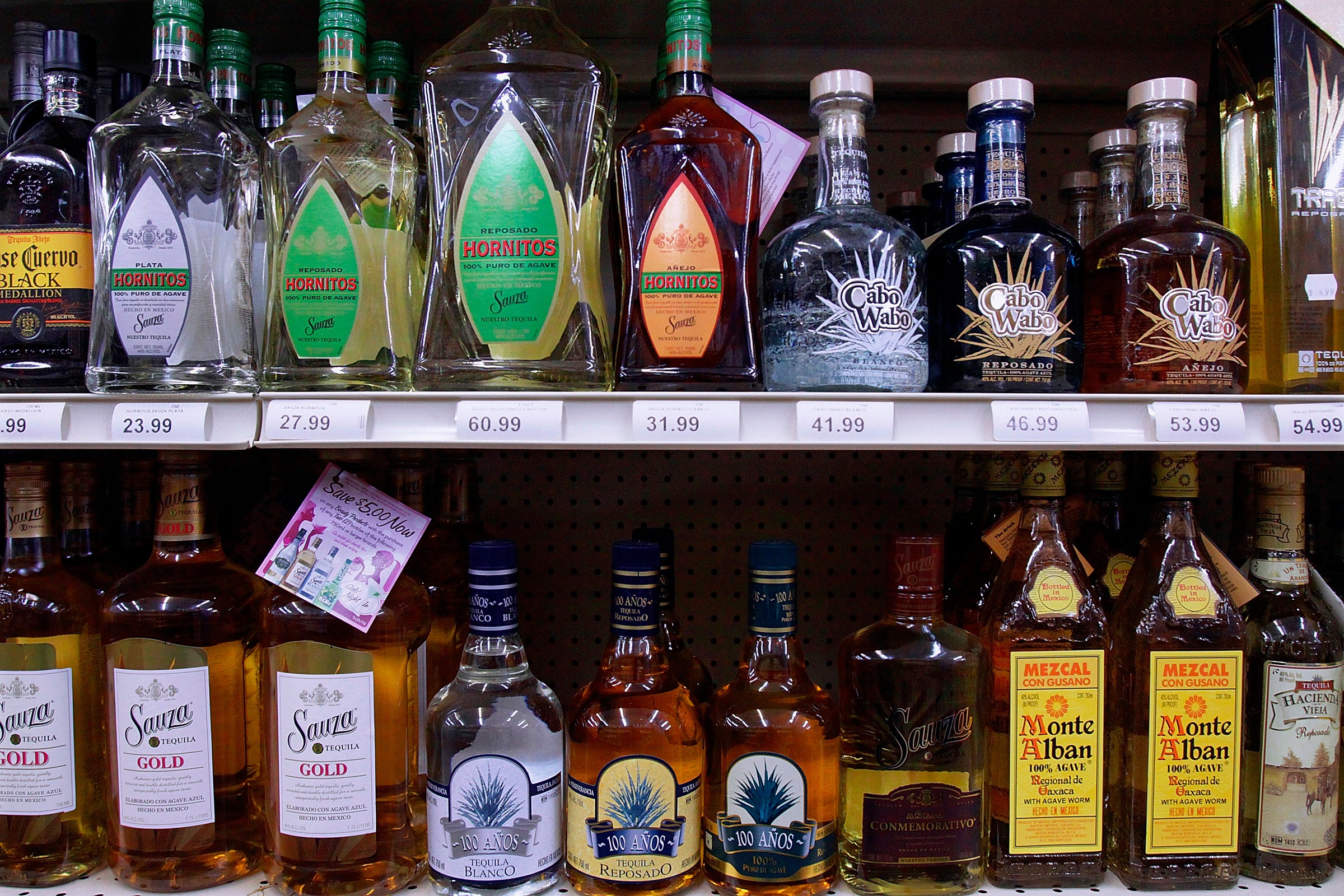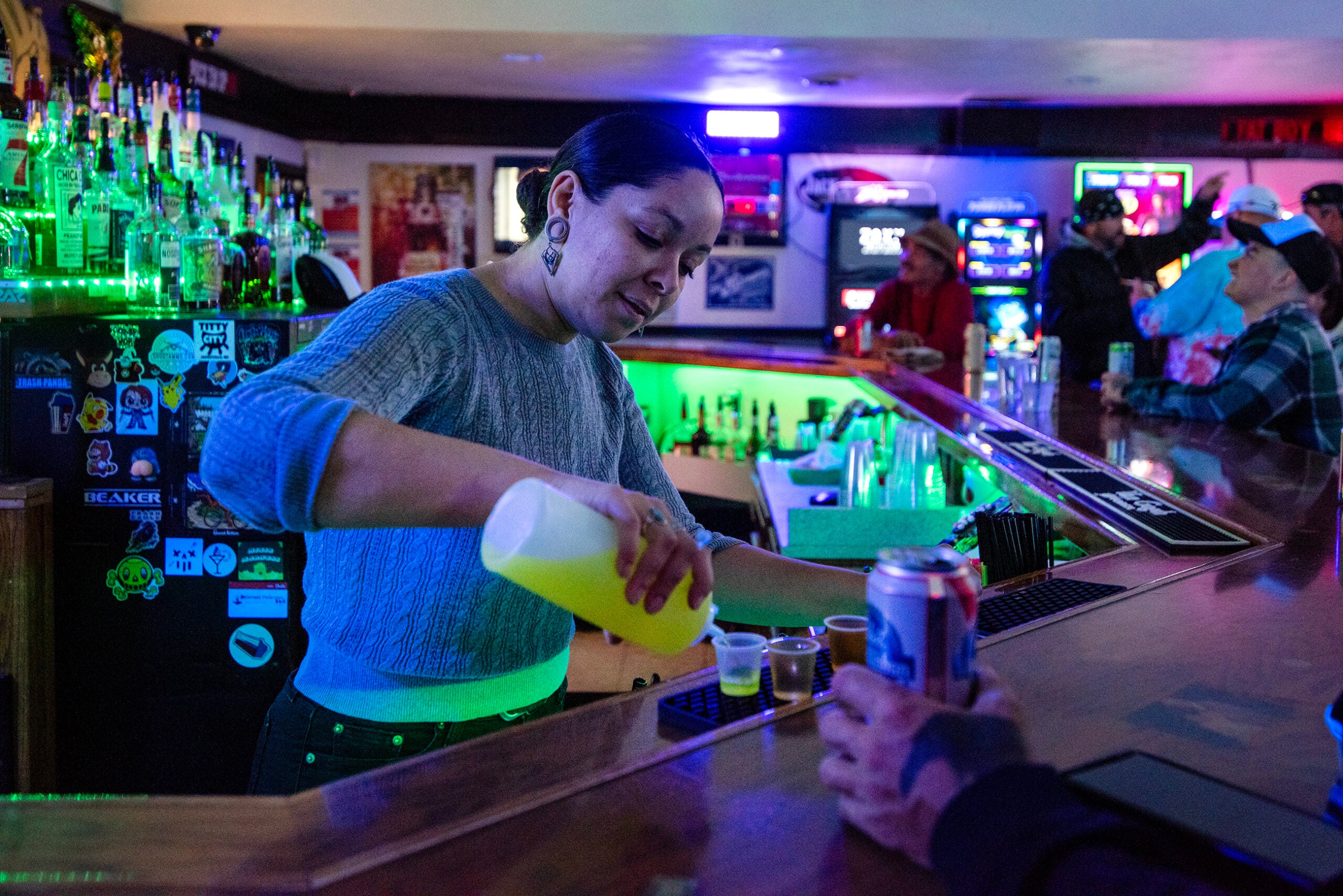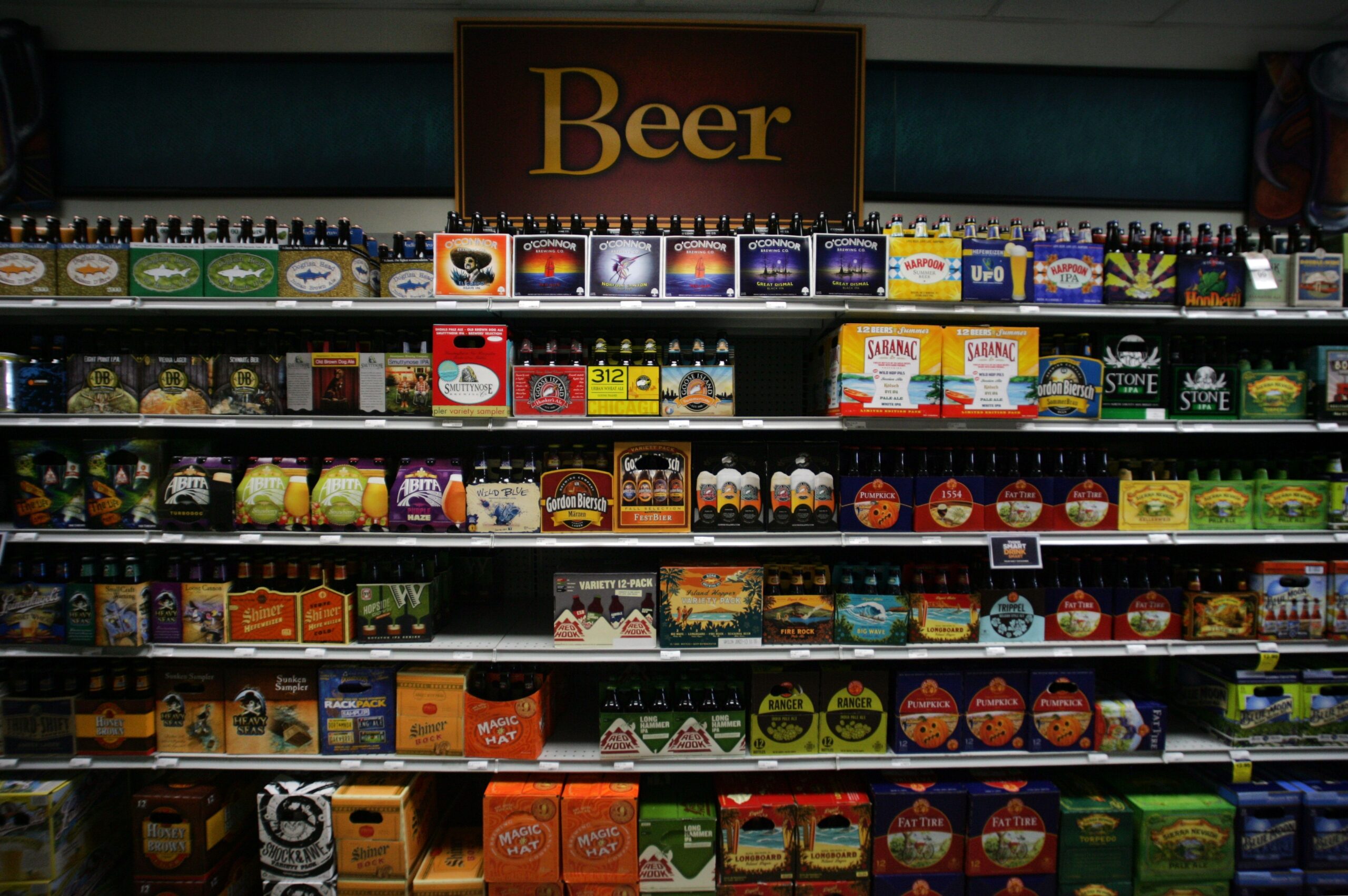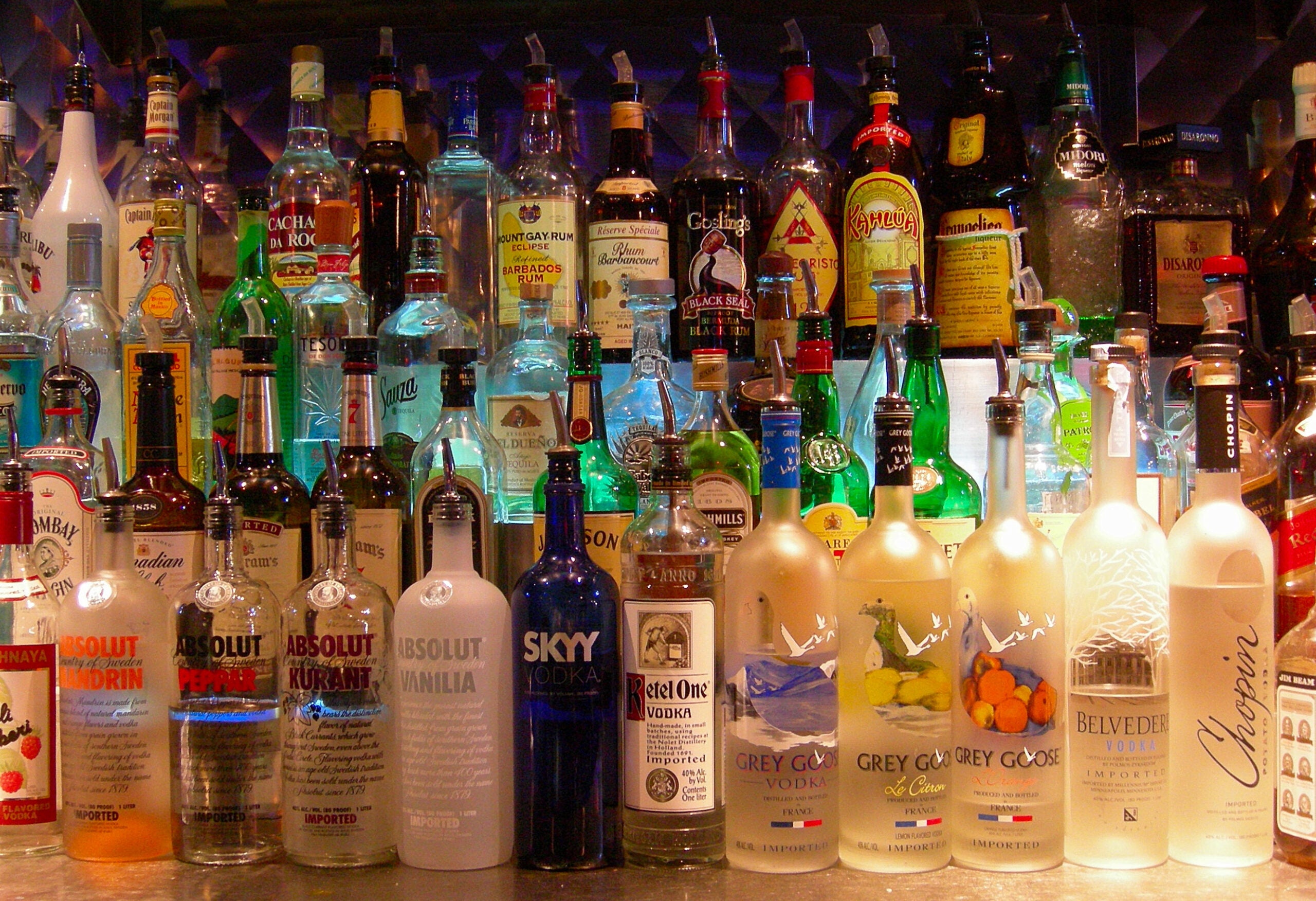Jenny has spent almost all of her life in Wisconsin, but she hasn’t always been around alcohol.
Her parents didn’t drink much. She considered herself the type of college student who might go out on weekends, but she would never black out.
Then, that changed.
News with a little more humanity
WPR’s “Wisconsin Today” newsletter keeps you connected to the state you love without feeling overwhelmed. No paywall. No agenda. No corporate filter.
In her 30s, after Jenny and her then-husband had kids and settled in Walworth County, she started drinking so much she had trouble remembering. The pizza parties for the neighborhood, summer afternoon visits and kids’ birthday parties all started to involve beer, wine or mixed drinks.
“We were the fun house to be at on a Friday afternoon,” she said.
She tried to pull back — host fewer gatherings, use a smaller cup, make rules for herself, get those mini wine bottles. But she was alone. She said her husband and the rest of the subdivision continued with their parties.
Jenny, who now lives in Elkhorn, said alcohol tanked friendships with those neighbors, ratcheted up feelings of isolation and anxiety, hurt her ability to be a normal mom and ended her marriage.
“It’s not a sustainable lifestyle,” she said. “It completely changes you. My marriage is over because we changed into different people.”
Last year, she said alcohol killed one of those neighbors. She still feels immense guilt, remembering those parties at her former home.
“I went to his funeral crying my face off,” she said. “I couldn’t even control myself.”
Jenny requested that her last name be withheld out of respect for the privacy of herself and those she talked about.
Wisconsin loses hundreds of people like Jenny’s neighbor each year. A new report suggests the COVID-19 pandemic might be making the problem even worse.
As Wisconsin’s binge-drinking culture mixed with the added turmoil of the pandemic, 2020 saw the largest year-to-year increase in alcohol-induced deaths in more than 20 years.
A new report from the Wisconsin Policy Forum examining mortality data from the Centers for Disease Control and Prevention found Wisconsin saw a 24.5 percent increase in alcohol-induced deaths from 2019 to 2020 — going from 865 deaths to 1,077. In comparison, the increase from 2018 to 2019 was 10 percent.
The nation as a whole saw 25.7 percent more of these deaths in 2020 than 2019.
“The pandemic exacerbated a long-term trend,” said Dr. Patrick Remington, an emeritus professor with the University of Wisconsin-Madison’s Department of Population Health Sciences, on WPR’s “Central Time.”
But long term trends show Wisconsin stands out when it comes to how the rate of these deaths has changed over time.
Since 1999 — the first year for which the CDC has data — the rate at which Wisconsinites suffered alcohol-induced deaths nearly tripled. Nationally, the rate roughly doubled.
Trends were also particularly troubling for the state’s Black and middle-aged residents, the report found.
The report only examined deaths directly attributed to alcohol — such as liver disease, alcohol poisoning or cancer tied to alcohol. The data doesn’t include deaths caused by drunken driving or falls, the latter of which has particularly affected the state’s senior population.
Although the rise in alcohol-induced deaths from 2019 to 2020 was particularly sharp, the report shows a steady year-to-year increase in these deaths since 1999.
Digging into the data
Looking deeper into the data, the policy forum’s report cited a “concerning trend” for the state’s Black population.
Wisconsin had the fourth-highest alcohol-induced death rate for its Black population in 2020, with only Colorado, New Mexico and Nebraska having higher death rates.
While the death rate is still lower than Wisconsin’s white population, over the last decade, the rate of these deaths for Black Wisconsinites has shot ahead of national levels. And in 2019, the alcohol-induced death rate for Black Wisconsinites was higher than the rate for white Wisconsinites for the first time since 2005.
The alcohol-induced death rate for Black and white people in Wisconsin is still substantially lower than the state’s American Indian or Alaska Native population, the report found.
The report also highlighted a staggering jump in the death rate for middle-aged Wisconsinites over the last 20 years. The alcohol-induced death rate for the age group 45-64 increased 158.9 percent from 1999 to 2020. The age groups 25-44 and 65-84 only increased 112.9 percent and 106.1 percent, respectively.
Alcohol is pervasive in Wisconsin culture. A 2019 report called “The Burden of Binge Drinking in Wisconsin” from the UW-Madison Population Health Institute found the state’s rate of binge drinking to be higher than the U.S. overall.
Wisconsin cities typically pepper rankings of the “drunkest” in the U.S.
The state’s residents could be buying even more alcohol during the pandemic, too. A forum report from September showed that alcohol tax revenues in fiscal year 2021 increased by 16.6 percent, according to data from the state Department of Revenue. That’s the highest such mark in nearly 50 years.
RELATED: Wisconsin ranks worst in country for excessive drinking
This all has an effect economically. The estimated annual cost of binge drinking to the state was $3.9 billion, according to the UW-Madison report. Most of that — $2.6 billion — came from “lost productivity,” while estimates showed the state also lost hundreds of millions of dollars related to excessive drinking through the criminal justice and health care systems.
In fiscal year 2021, the state collected $73.8 million from alcohol tax revenue.
Policy implications
Experts aren’t clear on what the path forward will look like.
Ari Brown, a Wisconsin Policy Forum researcher, said it can be challenging to know what’s going on at the local level because the state has more than 1,800 municipalities — each largely responsible for doling out liquor licenses.
“It can be kind of hard to know what is going on behind the scenes there,” he said.
The forum’s report includes potential policy ideas to reduce the widespread effects alcohol has on Wisconsin residents, should lawmakers want to go that route. Those ideas are:
- Revisit the state’s alcohol taxation rate, which is among the lowest in the nation. Research suggests higher tax rates can reduce consumption, according to the report.
- Reducing the number of liquor licenses issued or the hours in which Wisconsinites can buy alcohol.
- Put more funds toward alcohol abuse prevention, intervention and treatment.
The report’s authors concede that the first two options would be challenging to accomplish, politically. The third one, however, could garner more bipartisan support.
On a smaller scale, Remington, the professor, mentioned the importance of having a health care system where patients can speak with their doctors about alcohol use — and making that routine. He said evidence shows that “brief advice” early on can have positive effects for patients.
Additionally, he said people resort to alcohol use to treat underlying mental health or emotional problems, such as feelings of despair.
“I hope that policymakers don’t only look at sort of population-wide strategies, but we think about each patient and what the health care system can do,” he said.
A conversation with her doctor is part of what helped Jenny confront her own alcoholism.
Before, she said she imagined an alcoholic as an “old man alone, drinking in a bar.”
“A lot of the time, it’s 35-year-olds at home with their parent friends,” she said.
She wants other parents — perhaps living in the suburbs with new homes, circular roads and cul-de-sacs — to know alcoholism can hit them and their loved ones, too.
She’d like to see more sober social activities, such as bars that only serve nonalcoholic drinks.
After about nine months completely sober, she said her drinking is under control enough to handle low-to-moderate amounts on the weekends only. And she’s in a happier place now.
She struggled, and she learned a lot along the way. But it all came with a cost — lives changed, friends lost, trauma lingering.
“It didn’t have to happen the way it did,” she said.
If you or someone you know is struggling with addiction, call the SAMHSA National Helpline at 1-800-662-4357. If you or someone you know is considering suicide, call the suicide prevention lifeline at 1-800-273-8255 or text “Hopeline” to 741741.
Wisconsin Public Radio, © Copyright 2026, Board of Regents of the University of Wisconsin System and Wisconsin Educational Communications Board.
